2025 First Quarter Market Commentary
Commentary
The Only Certainty is Uncertainty
After two consecutive years of exceptional returns, US equity markets took a step back with the S&P 500 Index falling 4.6% in the first quarter of 2025. As we discussed in our previous update, this should not come as a surprise as uncertainties had already begun to appear late last year and have only increased in the new year. Financial markets and economic indicators have flashed increasingly mixed signals, leaving many investors, business owners, and consumers concerned about where the global economy may be headed. Factors such as rising tariffs, potential shifts in international trade policies, slower economic growth, unemployment and fears of a looming recession have combined to create an environment of rising uncertainty. The notion that the only constant is uncertainty seems apropos in the current environment and is likely to persist until we get more clarity regarding the ultimate intent of evolving fiscal policies.
The primary source of this economic anxiety is ongoing trade tension, particularly the pending increase of tariffs imposed by the US on major trading partners like Canada, Mexico, Europe, and China. Initially believed to be a short-term negotiating tactic, intensifying hostility on the matter has changed perceptions and caused fear to swell. Such measures have the potential to boost US tariff revenues but also risk slowing economic growth by increasing costs for both consumers and businesses.
Approximating the impact of tariffs remains a moving target but current estimates range from a 1.5% negative impact to earnings growth with only reciprocal tariffs to a potential 6.0% impact under a full implementation scenario. For reference, S&P 500 earnings are expected to grow 10% in 2025. As long as the playing field remains unclear, investors and companies will worry as evidenced in the chart below which shows the number of times the word ‘tariffs’ was mentioned on corporate conference calls during this most recent earnings season.
Mentions of Tariffs On Company Transcripts (3mo avg.)
(Source: Bloomberg)

What is clear in the near-term, is the impact the current wave of uncertainty is having on confidence. Consumer confidence has taken a hit, with the University of Michigan’s consumer sentiment index falling to a two-year low in March. Consumer confidence is vital because personal consumption expenditures constitute a significant proportion of GDP. When consumers feel uncertain about the economy’s trajectory or face higher prices due to tariffs, they are likely to curtail discretionary spending. Likewise, business confidence has also waned, driven by the challenges of navigating potential impacts to production costs, order demand, and Department of Government Efficiency (DOGE) cuts. This lack of confidence could lead to reduced capital expenditures and hiring, further exacerbating economic challenges. These lingering issues are likely to continue to affect both consumer sentiment and corporate planning without further lucidity.
A more cautious growth outlook has been a primary factor behind the recent decline in equity prices. It is important to maintain perspective during periods of volatility and unease. Investors started the year with high expectations which drove markets to an all-time high on the back of strong earnings, an easing Fed and prospects of all the things Artificial Intelligence (AI) could do for us. Instead, we have gotten an array of increased risks to that rosy viewpoint and as a result some air has come out of the balloon. That said, let us not forget that while the stock market is around 9% off its February high, this kind of pullback is normal even in years without heightened insecurity. As the chart below illustrates, since 1990 the average intra-year drawdown (fall from a peak to valley) is 14.7%.
S& P 500 Largest Intra-Year Drawdowns
(Source: Strategas)

Within this pullback, the Technology sector has been hit the hardest as the momentum of AI has cooled as investors debate via stock prices the appropriate levels of capital spending required to capture the opportunity. While the stocks in this area of the market got ahead of themselves, margins and cash flows have remained extremely strong and those companies spending the most have proven adept in recent years at allocating capital. We believe that in the long-run AI will unlock productivity and efficiency gains in the same way the Internet did at the turn of the century. Today, the primary benefits are certainly going towards technology companies but as new products and uses are introduced and costs continue to fall, the advancements will expand to other industries as well. Markets tend to overshoot these types of leaps in technology in the near-term and undershoot them over the long-term.
Overall, the interconnected nature of tariffs, slowing economic growth, recession fears, inflation, interest rates, consumer, and business confidence creates a complex and challenging economic landscape. The stock market’s recent volatility reflects these concerns, swinging between optimism fueled by corporate resilience and pessimism stoked by fears of an economic downturn. We continue to believe that the economy and markets are on sound footing and the impact of tariffs are more likely to slow the rate of growth rather than remove it altogether. Ultimately, it will take transparency around these issues to move forward which will come in early April and as we move through the year. Until then, the only certainty is uncertainty.
As always, thank you for reading and please reach out to us if we can assist you with achieving your investment goals.
Kind Regards,

Jeff Travis, CFA
Portfolio Manager
Oak Associates, ltd.
Grow stronger together.
The investments referenced in this article may or may not align with those currently recommended or held by Oak Associates for itself, its associated persons, or on behalf of clients within the firm’s strategies as of the date indicated. These investments are subject to change. The mentioned investments do not necessarily represent all those bought, sold, or recommended to advisory clients over the past twelve months. Portfolios in other Oak Associates strategies may contain the same or different investments, due to factors such as varying investment strategies, client-specific restrictions, mandates, substitutions, liquidity requirements, or legacy holdings, among others. The investments highlighted were not selected based on their past performance. Readers should not assume these investments have been or will be profitable in the future.
Past performance is not a reliable indicator of future results. Investments can lose value, and there is no guarantee that any strategy or product will achieve its objectives or perform as anticipated. All investments involve risk, including the potential loss of principal. Before making any investment decisions, individuals should assess their risk tolerance and seek advice from a financial advisor. Information that is sourced from a third party is assumed to be accurate but is not guaranteed. This commentary does not constitute an offer or solicitation to buy or sell any financial products.
The S&P 500 Index is a well-known, market-capitalization-weighted index of 500 widely held U.S. equities, designed to reflect broad U.S. stock market performance.
CFA is a registered trademark of the CFA Institute.




